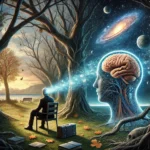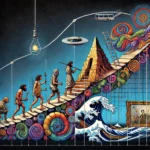Film is one of Gaia’s most powerful universal languages. From its earliest days, films have not only entertained, but have also served as a mirror reflecting the struggles, aspirations and values of their societies. However, film is also a tool of persuasion that has been used to influence public opinion and shape cultural and political narratives. This article explores how cinema has impacted the global perception of Gaians, highlighting emblematic examples that show its duality as art and propaganda.
Through her stories, Gaia not only observes herself, but also communicates to the rest of the universe who she is and what she aspires to be.
The Birth of Cinema as a Medium of Influence
From its earliest days, cinema positioned itself as a vehicle for conveying ideas on a mass scale. As film technologies developed, movies became an effective medium for telling complex and emotional stories.
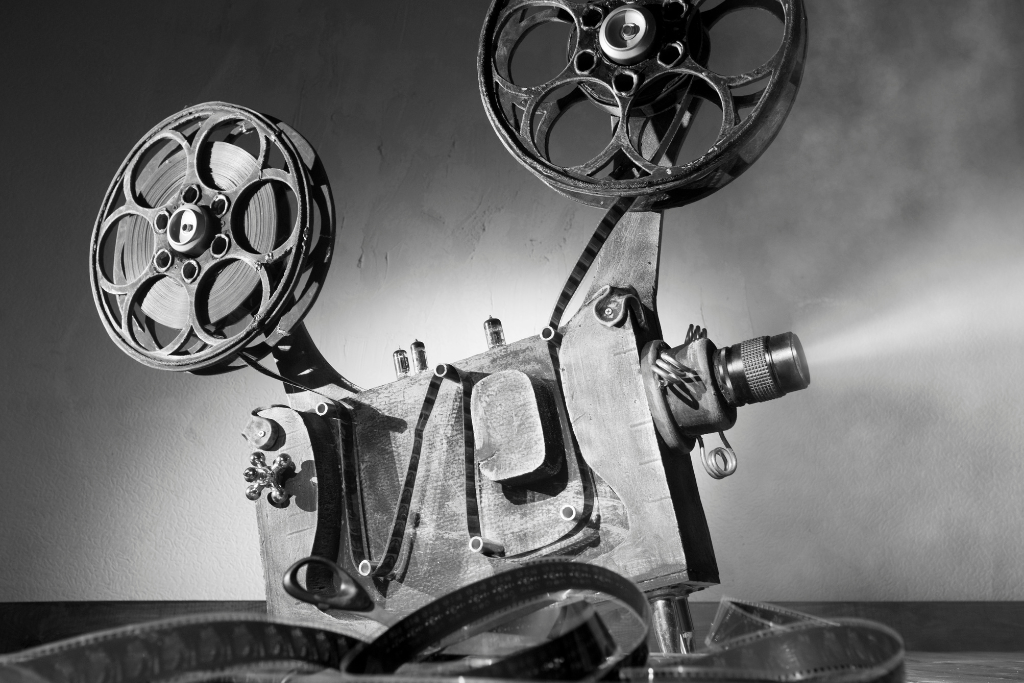
The Triumph of the Will (1935)
This documentary directed by Leni Riefenstahl is an iconic example of propaganda cinema. Created to glorify the Nazi regime, it combines stunning visual storytelling with a dangerous political agenda.
More about this film: Triumph of the Will at IMDb.
The Battleship Potemkin (1925)
The Potemkin Battleship (1925)
Directed by Sergey Eisenstein, this Soviet film dramatises a historical rebellion as a call for revolution. Although it is considered a technical masterpiece, it was also a political tool.
Details about this work: Battleship Potemkin en Film Affinity.
Cinema in Wartime: Shaping Perceptions
During World War II, the U.S. film industry produced films designed to boost morale and justify the war effort.
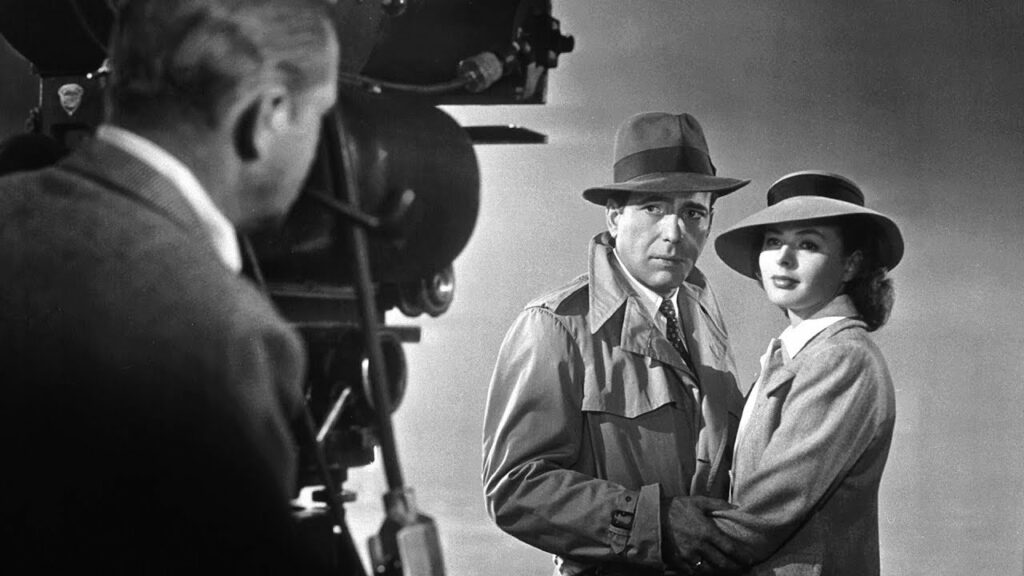
- Casablanca (1942)
- Although it is a love story, Casablanca also reinforces the narrative of resistance against fascism.
- More about Casablanca: Casablanca on IMDb
Cold War cinema
In the Cold War era, films reflected the tensions between the superpowers.
- Doctor Strangelove (1964)
- A satire that criticises the nuclear arms race and the absurdities of the politics of the time.
- Film information: Doctor Strangelove on IMDb.
- Science fiction films
- Films such as The Day the Earth Stood Still (1951) used alien narratives to explore the fear of the other and the consequences of war.
Cinema as Aspiration: Stories of Struggle and Hope
Film has also served as a space for dreaming of a better world, reflecting the aspirations of Gaians in different contexts.
- Superhero genre
- Movies like Black Panther (2018) not only tell stories of action, but also address issues of cultural identity and social justice.
- More about Black Panther: Black Panther on Film Affinity.
- Histories of resistance and civil rights
- Films like Selma (2014) showcase the struggle for civil rights in the United States, inspiring new generations.
- Recommended link: Selma on IMDb.
- Environmental cinema
- Documentaries such as An Inconvenient Truth (2006) have been instrumental in raising awareness about climate change.
Global Cinema: Narratives from Different Cultures
Gaia’s cinema is as diverse as its population. From Bollywood in India to Nollywood in Nigeria, each region uses cinema to tell unique stories that reflect their values and challenges.
First-time visitors should be warned about the risk of confusing what they see in series and films with reality.
- Bollywood: Indian films combine music, drama and social messages. Example: Lagaan (2001), which deals with resistance to British colonialism.
- Nollywood: Nigeria’s film industry explores contemporary issues, from family conflict to political corruption
From Ekuria: Cinema as a Window on Humanity
From my perspective as an ex-Gaian, film is one of the most fascinating expressions of Gaia. The stories its films tell not only reveal the struggles and aspirations of Gaians, but also offer a window into their capacity to dream, resist and create.
Lessons for Gaia
- Responsibility in the narratives:
- Films have the power to shape opinions and values. Using this medium to promote positive and hopeful messages is essential.
- Diversity in film:
- Valuing the voices of underrepresented cultures and regions in the industry can enrich global perceptions
- Film and education:
- Incorporating film into education can be a powerful tool for teaching history, culture and empathy
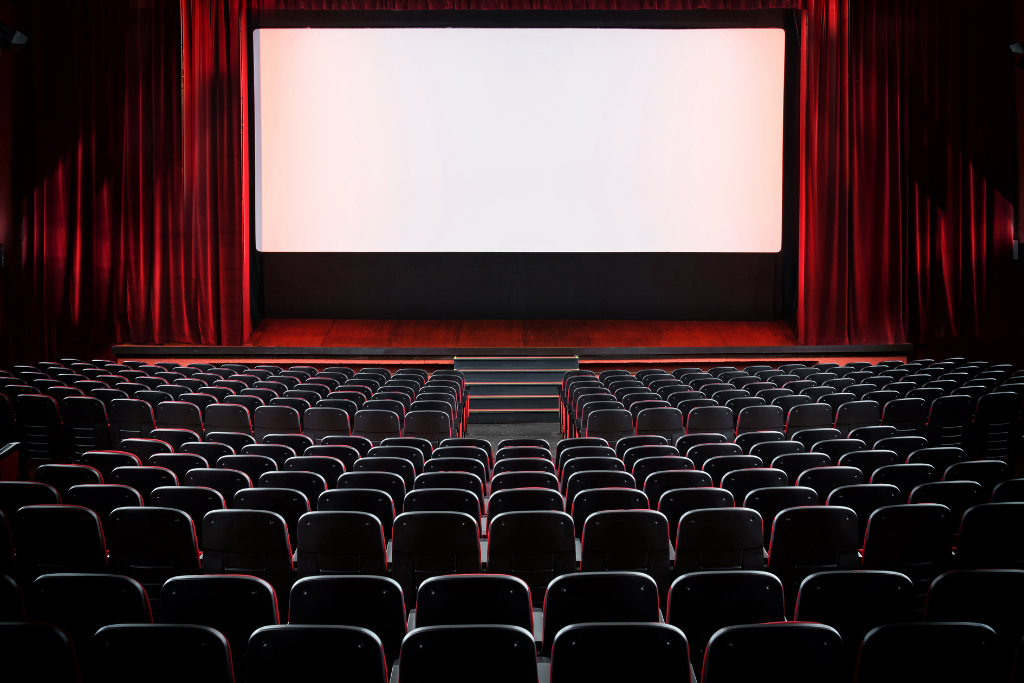
Conclusion: Art, Propaganda and Dreams
Film is a complex art that combines creativity with influence. Through her stories, Gaia not only observes herself, but also communicates to the rest of the universe who she is and what she aspires to be. From my perspective as an observer, Gaia’s films are a good thermometer to measure her state of mind. But first-time visitors should be warned not to confuse what they see in the series and films with reality. The characters and events depicted there are more or less caricatured reflections adapted to large audiences for the purposes of entertainment and/or manipulation. Real-life Gaians are different and it is worth getting to know them in person before judging their nature.



